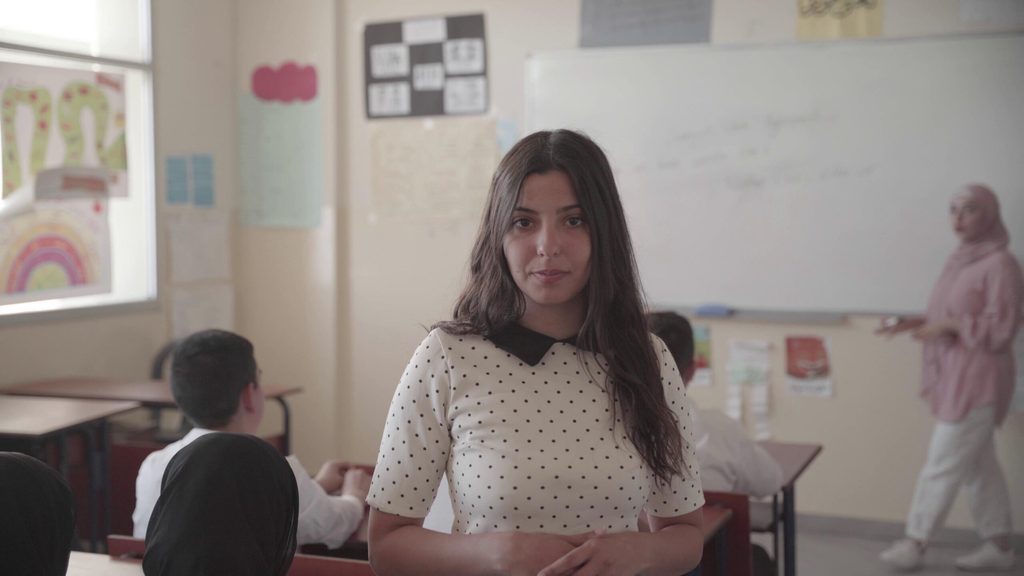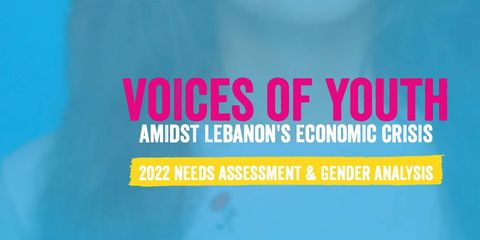Adolescents between siege and hope
Research on the educational and social factors leading to secondary school dropouts among vulnerable Lebanese and Syrian refugees
We spoke to 370 Lebanese and Syrian adolescents from 4 distinct regions in Lebanon (North, Bekaa, South, and Beirut) to identify the educational and social factors influencing school dropouts among Lebanese and Syrian refugee youth in Lebanon who are transitioning from primary to secondary education, with an emphasis on girls.
Take a look at the main findings on the 6 sub-questions of the main research question.
School dropout remains a significant global concern, affecting both developed and developing countries at varying rates. In fragile and conflict-affected areas, the situation is even more dire, with lower secondary school-aged youth.
In Lebanon, a history of political instability and economic crises compounded by the Syrian refugee crisis, the COVID-19 pandemic, the Beirut port explosion, and the ongoing financial crisis since 2019 have significantly impacted the education sector.
Families are grappling with the financial burden of education, leading to increased dropout rates, especially among vulnerable Lebanese and Syrian refugee communities.
This research aims to identify the educational and social factors influencing school dropouts among Lebanese and Syrian refugee youth in Lebanon who are transitioning from primary to secondary education, with an emphasis on girls. The primary research question revolves around identifying the factors influencing these vulnerable students’ educational outcomes and ability to complete their education. Additionally, the research investigates students’ perspectives on alternative pathways to formal education and addresses sub-research questions outlined in the findings section.
The study informed a number of recommendations addressing the Ministry of Education and Higher Education, institutions in the education sector, and donors.
Main Findings
The research addresses findings to 6 sub-questions related to:
1. Role of socio-economic circumstances in determining adolescents’ educational futures.
2. School’s role in adolescents continuing education or dropping out: school environment and quality of education.
3. Role of peers in influencing adolescents to drop out or to continue their education.
4. Main factors affected adolescents’ choice in staying in school, including the desire to overcome deprivation.
5. Educational alternative pathways to improve educational opportunities.
6. Differences between boys and girls, and between Lebanese and Syrian adolescents in their chosen educational paths and the influencing factors that affected their choices.

Hear it from the adolescents themselves
“I want to continue my education but my parents cannot afford it and yet they still want me to go to school. It breaks my heart to see my parents suffering for me. That’s why I decided to study in the morning and work at night because I don’t want to disappoint them.”
North, Male Lebanese
“Teachers still use outdated methods and don’t know how to explain. Beating is their language.”
Bekaa, Male Syrian
“Education is essential for the future of girls and their security especially if they get divorced, they will be able to find a job and be self-dependent.”
South, Female Lebanese
“I prefer to learn things that are useful and help me earn money faster instead of struggling with school education and ending up with no job. All we care about is earning money.”
North, Male Syrian Participant
“Girls reach grade 7 and then stop their education. They say why bother since I will end up doing dishes. But this shouldn’t be the case.”
Female, Bekaa Lebanese
Downloads
English Executive Summary
939 kb
Arabic Executive Summary
977 kb
Full Research – English
10 mb


